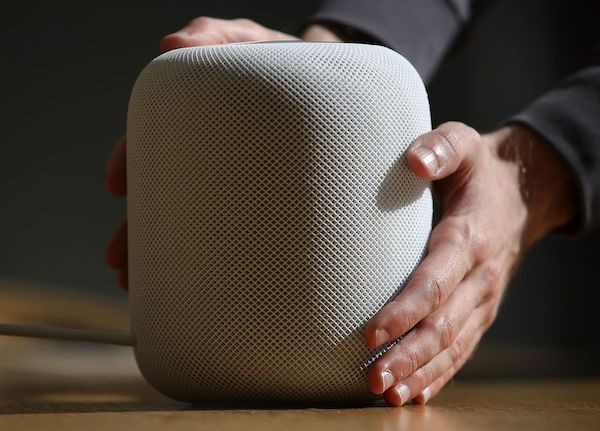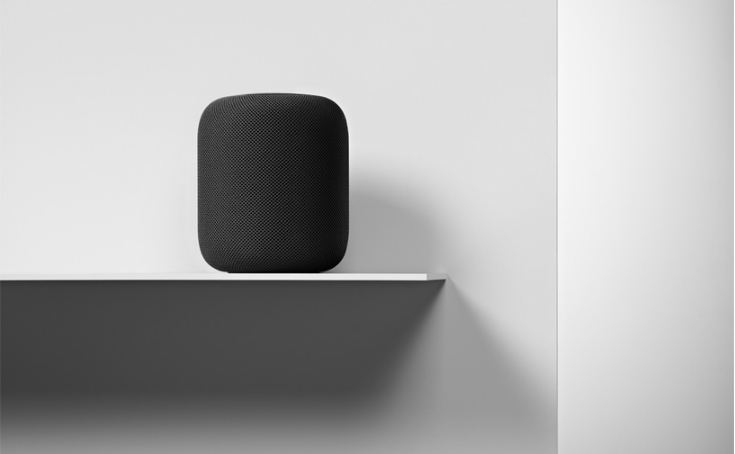Apple Developing New HomePod With Invisible Touch Controls

KEY POINTS
- Apple's HomePod is covered by a seamless mesh fabric that improves its looks and acoustic performance
- The fabric mesh, however, prevents Apple from adding more features to it
- A new patent reveal's Apple's plan to add more features to the HomePod's mesh
Apple's HomePod features technologies allowing it to fill rooms with great-sounding audio. It also features technologies that allow users to interact with Siri wherever they are in the room and even while the device plays music, making for a seamless user experience. It also has a touch area at the top, allowing it to be controlled using taps.
Despite the HomePod's abilities and technologies, Apple is having difficulty adding to its features and functions due to one of its key elements: the specially-designed mesh fabric Cupertino used to wrap the HomePod. This fabric makes the device look good and adds to its acoustic performance, but it prohibits the tech giant from adding controls on the device's body.
Now, a new patent reveals that Apple is developing a way to add touch-sensitive controls to the HomePod's body. These controls, noted Patently Apple, are invisible and only light up when needed.
How it works
The patent for a “fabric-covered electronic device with touch sensor” describes the touch controls as using touch sensors placed in the fabric wrapped around the HomePod. The sensors may include capacitive touch sensor electrodes including drive lines and sense lines.
Several arrangements show how Apple plans to embed sensors in the HomePod's fabric wrap. Some arrangements show the sensors being formed by placing conductive strands in the fabric layer. Other arrangements show the touch sensor as being formed from conductive traces on a substrate, which can also be formed from a separate layer or from portions of the HomePod's curved housing.
The arrangements indicate that the touch controls will blend in with the fabric, essentially making them invisible to the eye unless indicated. Apple might make these controls visible using fabric that looks different from the wrap, or by using components that can emit light.
The patent also describes that the touch-sensitive regions can either be fixed (static), meaning that entire touch regions will always be actively receiving touch input; or changeable (dynamic), meaning that some touch region portions can be turned off for certain purposes.
Patent illustrations show that the touch sensitive regions can be shaped as media control symbols, like a plus sign for increasing the volume or a minus sign to decrease the volume, among other functions.
While the patent indicates that Apple is looking to make the HomePod a more functional, easy-to-use device, the patent does not guarantee that the feature will arrive soon.

© Copyright IBTimes 2024. All rights reserved.





















